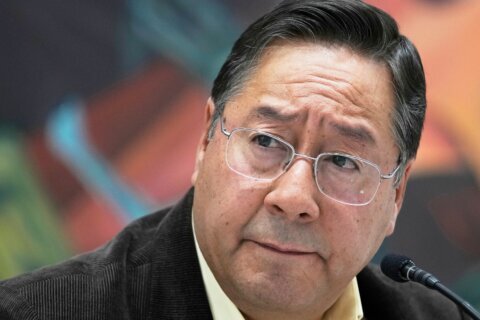
AP Photo/Stephan Savoia

AP Photo

WTOP/Jenny Glick

Photo by Hulton Archive/Getty Images

AP Photo

AP Photo
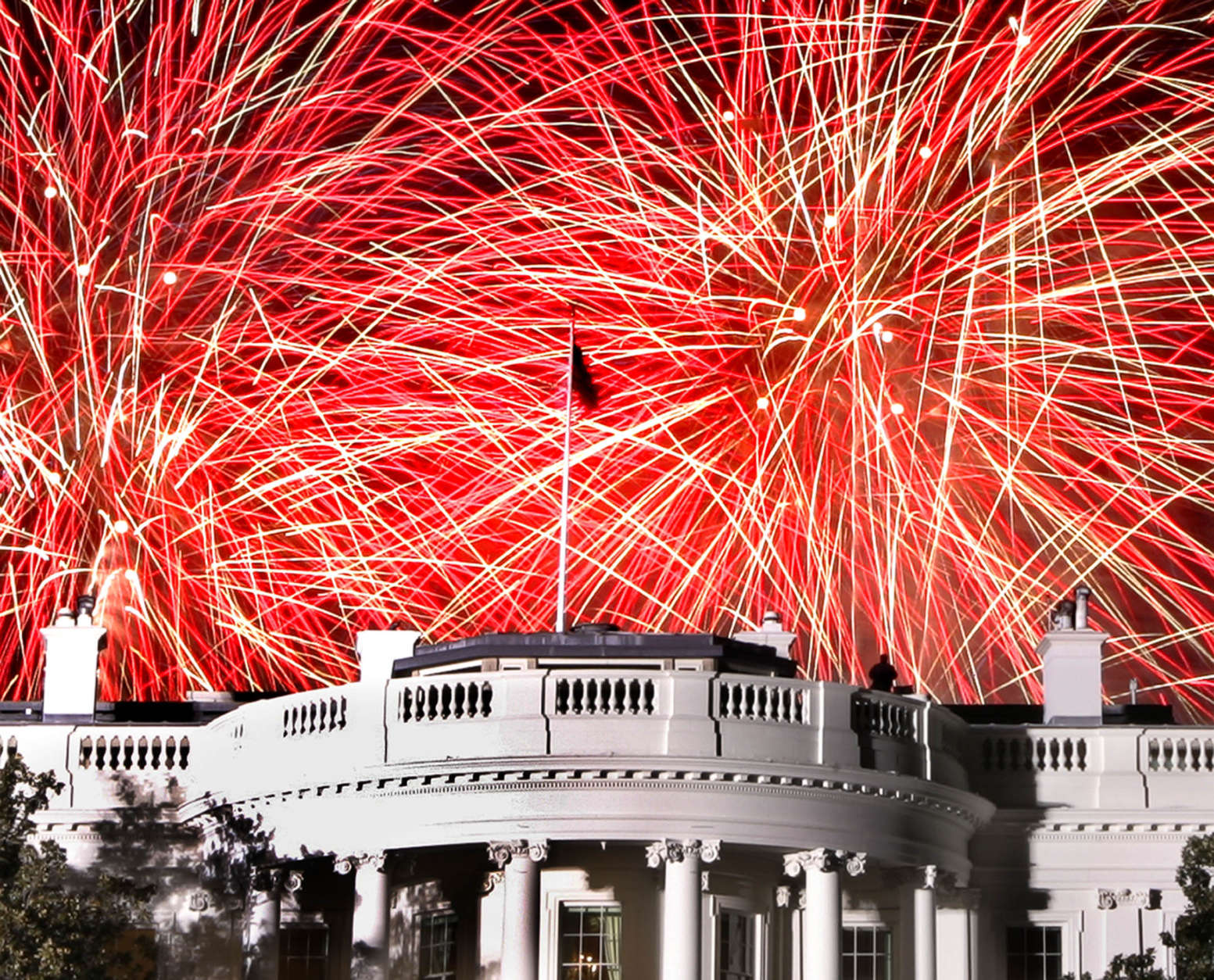
AP Photo/J. Scott Applewhite

Photo by National Archive/Newsmakers
AP Photo/Patrick Semansky

AP Photo, File
Library of Congress via AP
Library of Congress via AP

Photo by Justin Sullivan/Getty Images
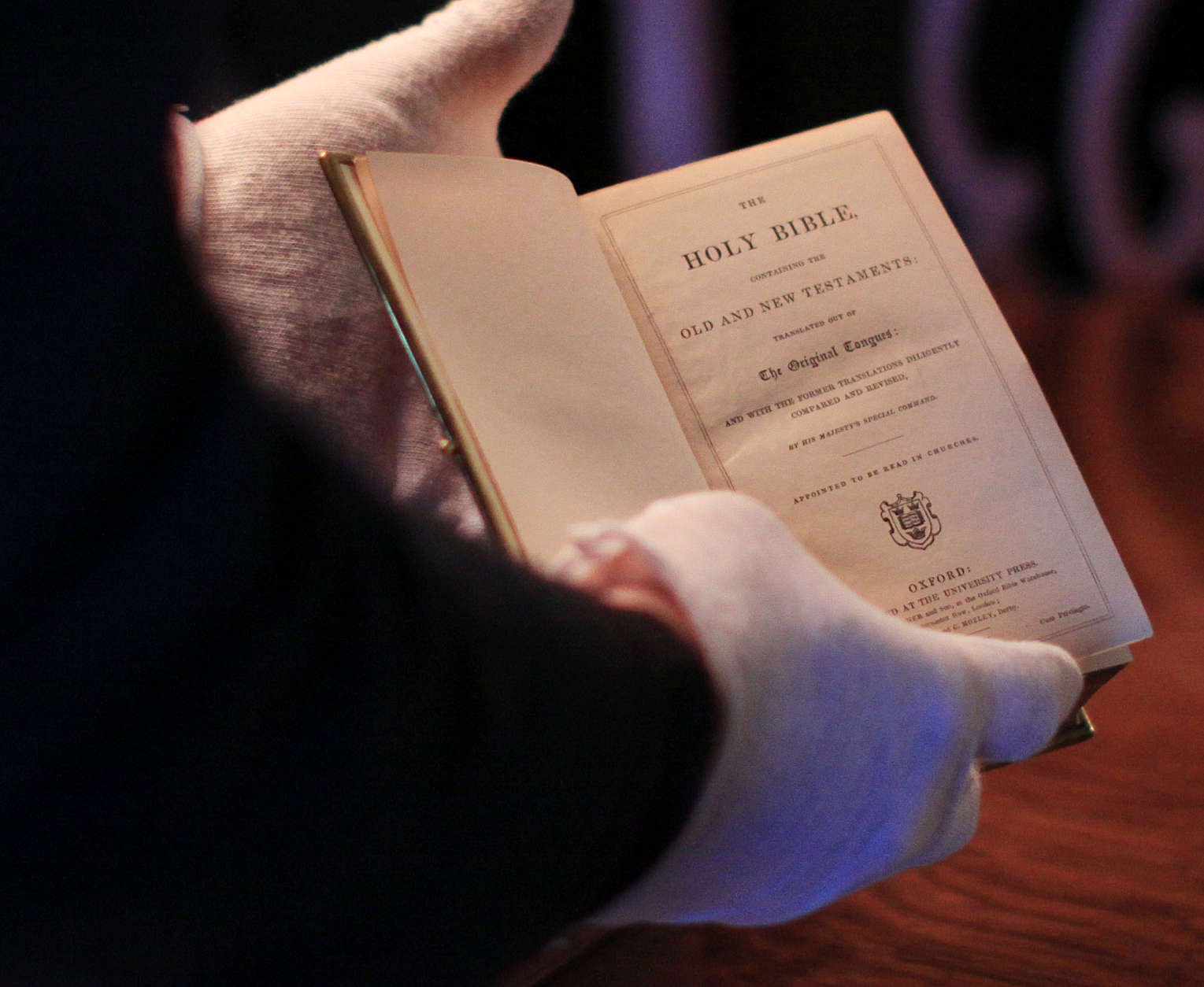
AP Photo/Lauren Victoria Burke

AP Photo
AP Photo/Pablo Martinez Monsivais

AP Photo

WTOP/Dave Dildine
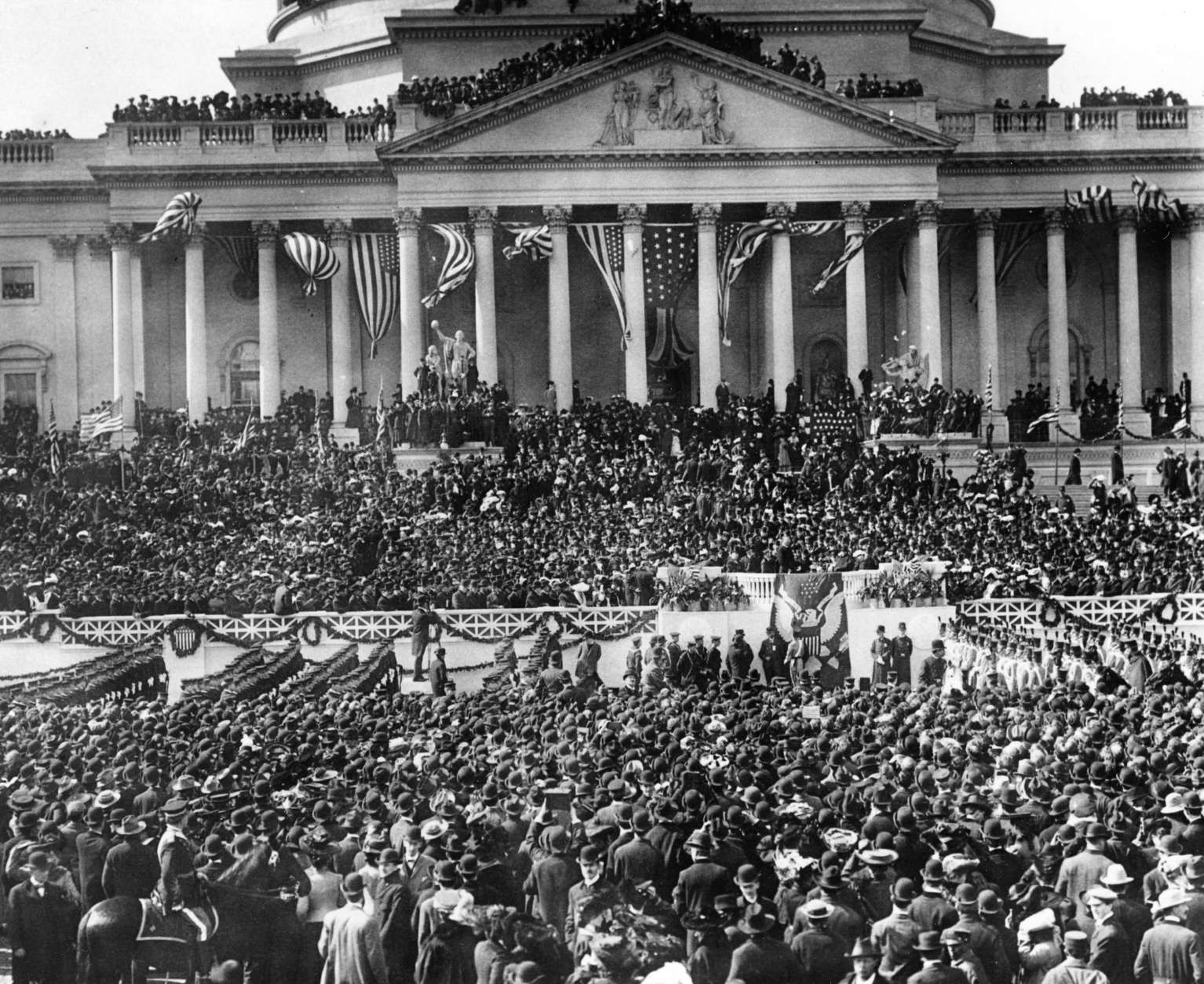
AP Photo

AP
AP Photo/Manuel Balce Ceneta
Sam Yu/The Frederick News-Post via AP

AP Photo

Photo by National Archive/Newsmakers

AP Photo

AP Photo
AP Photo/Pablo Martinez Monsivais, File

AP Photo
AP Photo/Patrick Semansky

AP Photo/Library of Congress
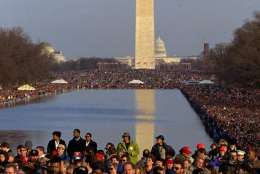





















Take WTOP’s inauguration trivia quiz and you might learn something about how the U.S. has sworn presidents in over the years. You also might wonder how the country has survived so long.


